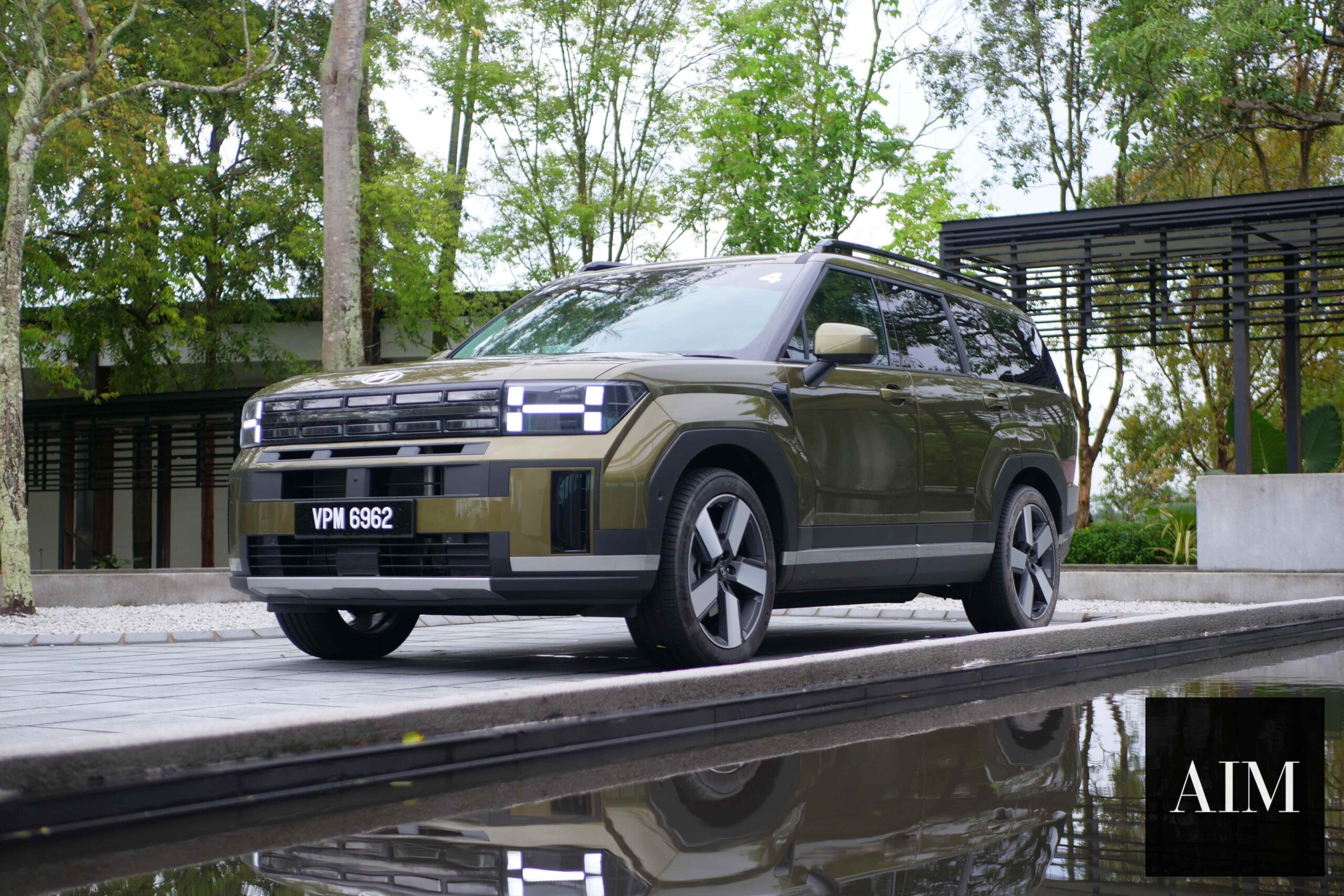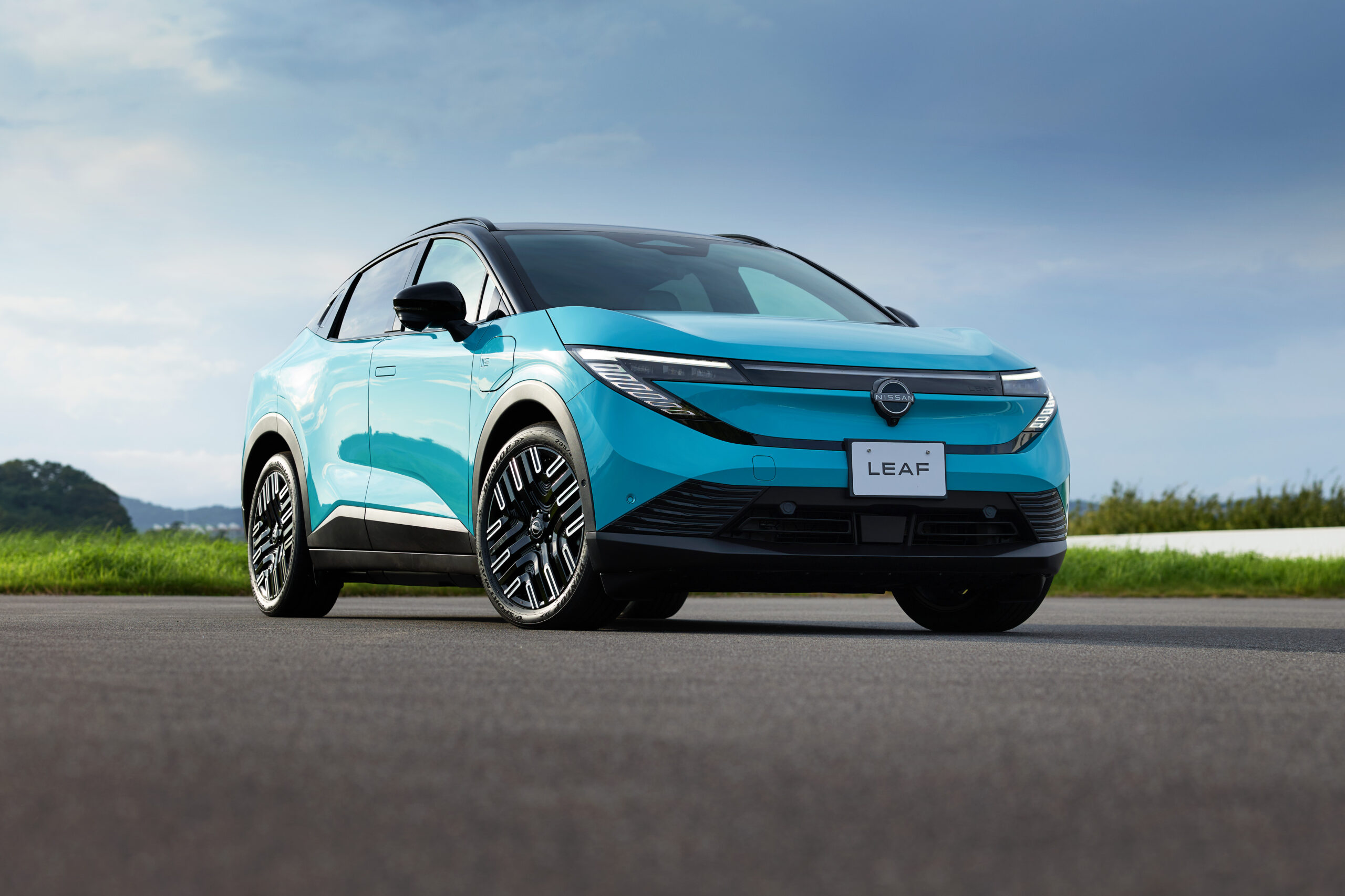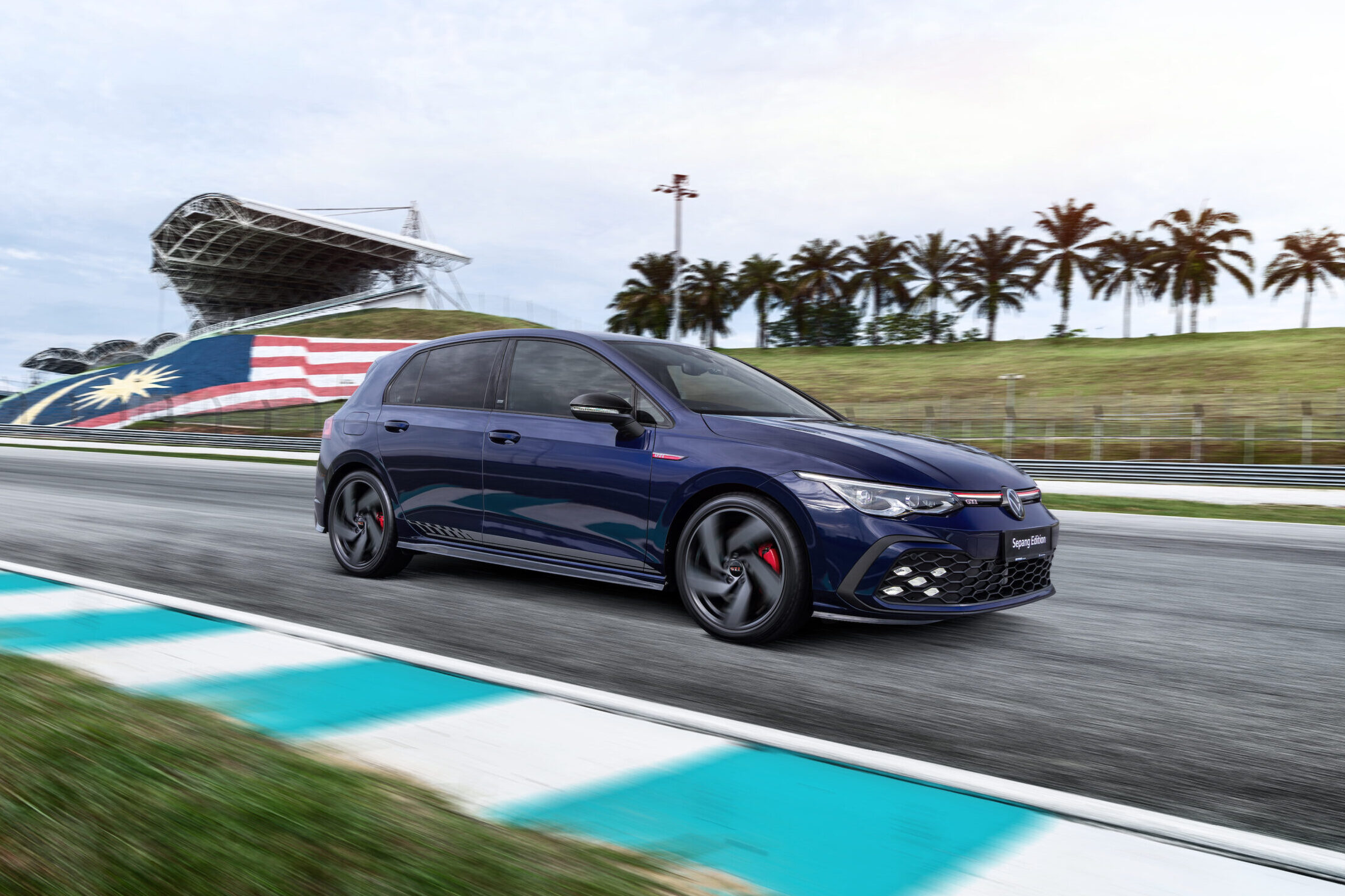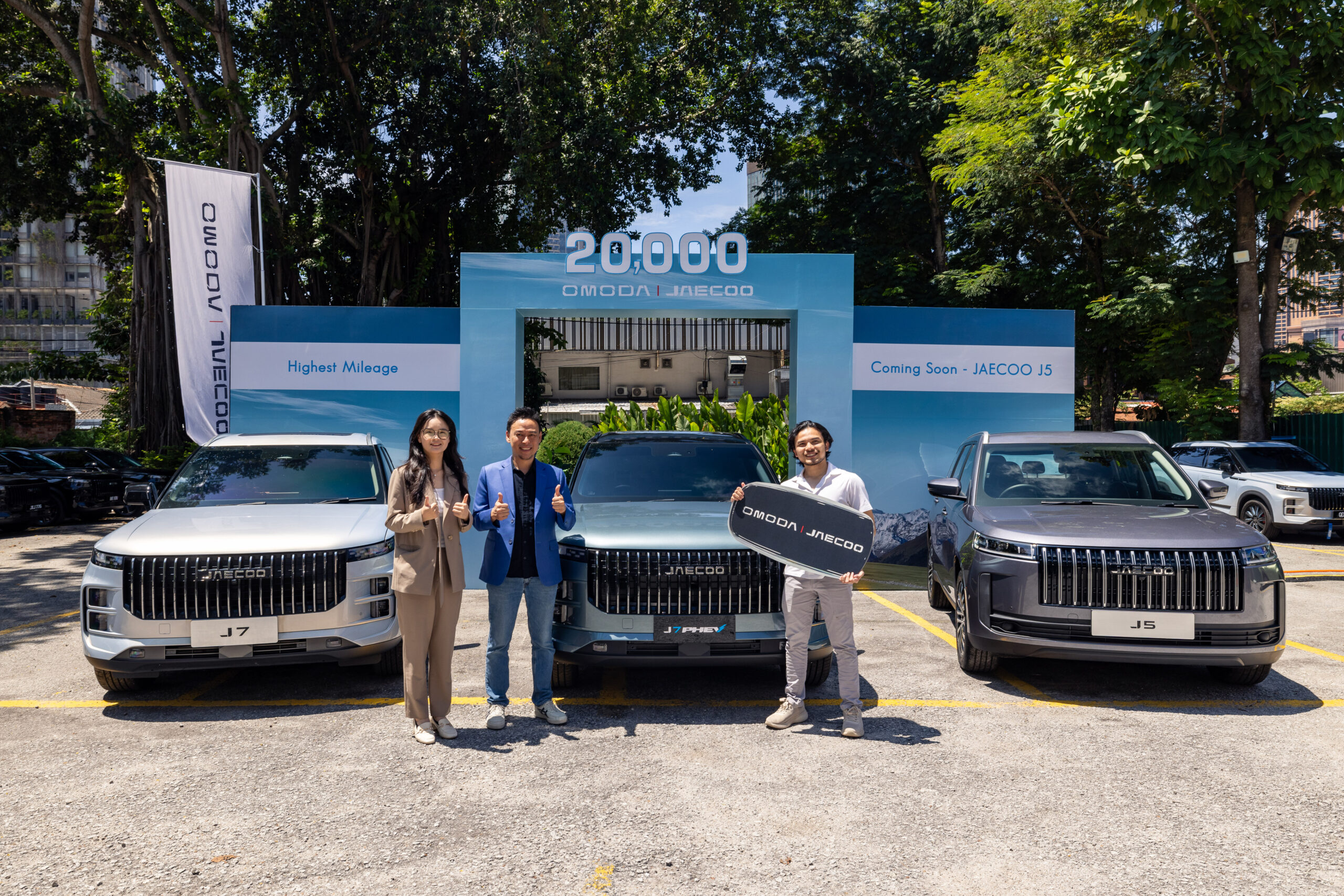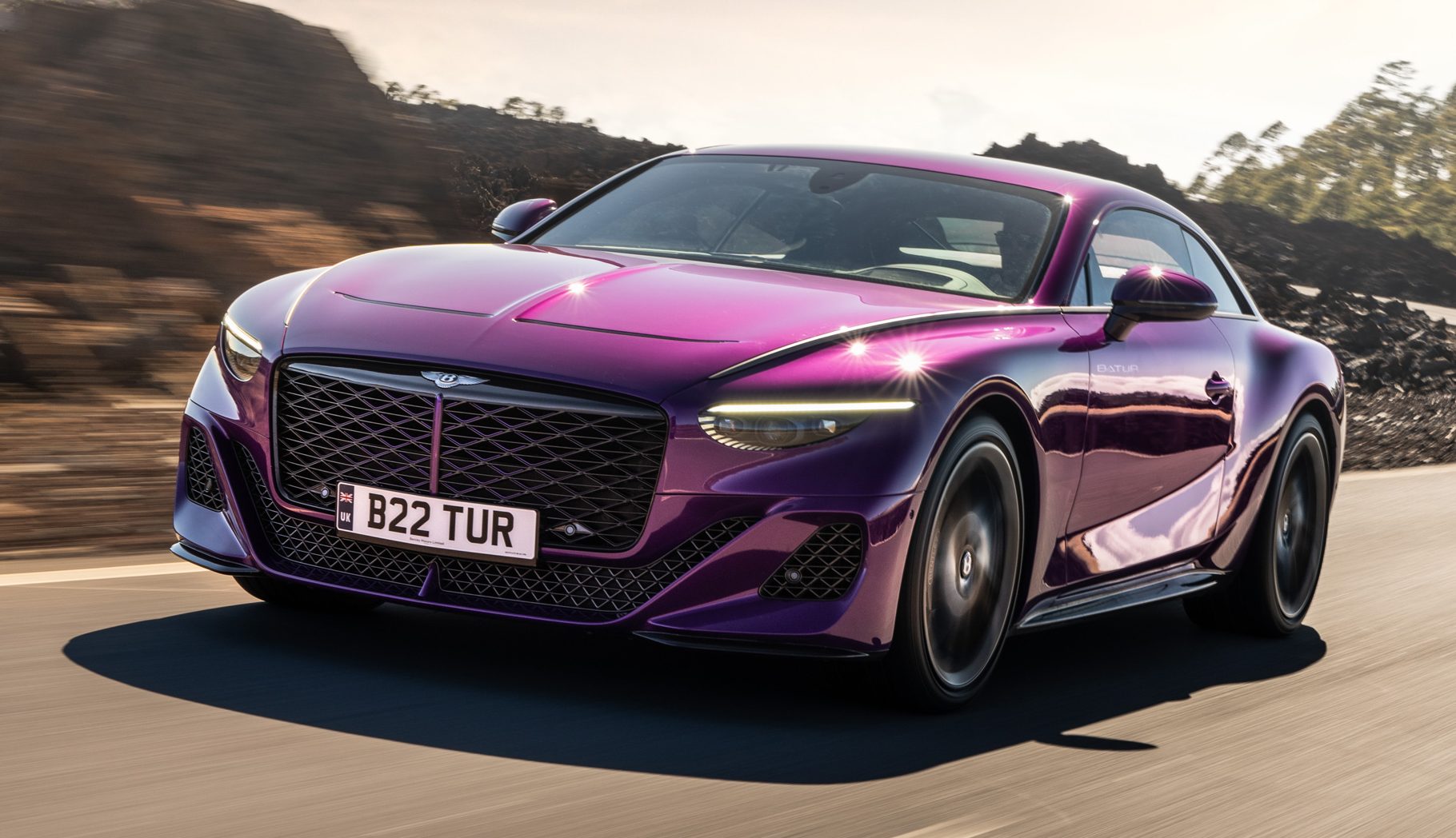
A Silent Overture to Bentley’s Electric Future
The Bentley Batur is not merely a car; it is a manifesto whispered in leather and sculpted from the shadows of tradition. Unveiled in 2022 as the most powerful Bentley ever created, the Batur is a bridge between the brand’s century-old legacy of opulence and its impending electric revolution.
Born from the same Crewe workshops that once built Spitfire engines, this grand tourer is a swan song for Bentley’s iconic W12 engine—a mechanical titan being phased out in favor of hybrid and electric powertrains. Yet the Batur refuses to be a nostalgic relic. Instead, it dares to ask: Can a car mourn its own obsolescence while celebrating its final act?
The Alchemy of Power and Silence
Beneath its sinuous hood lies a 6.0-liter twin-turbocharged W12 engine, tuned to produce 740 horsepower and 738 lb-ft of torque—enough to hurl the Batur to 60 mph in 3.4 seconds. But these numbers are merely footnotes. What defines the Batur is its duality: a machine that roars with the fury of a bygone era while whispering secrets of an electric tomorrow.
The engine’s final iteration features a “Black Edition” turbocharger system, its components anodized in obsidian to reduce heat soak, a subtle nod to the darkness from which electrification will emerge. The exhaust, crafted from titanium, plays a bassline that oscillates between thunder and murmur, depending on whether the driver selects “Bentley” or “Hypercar” mode—a cheeky rebuke to the binary loud/quiet norms.
Dimensions as a Language of Seduction
At 15.7 feet long and 6.6 feet wide, the Batur is a paradox—monumental yet intimate. Its grille, the largest in Bentley’s history, is a blackened mesh that seems to swallow light, flanked by headlights so precise they appear liquid.
The roofline cascades into a rear haunch inspired by the 1952 R-Type Continental, but this is no retro pastiche. The Batur’s curves are computational, shaped by algorithms optimizing airflow over 1,840 hours of wind tunnel testing. Yet for all its digital genesis, the car feels human. The doors close with a weighted sigh, a sound Bentley engineers tuned by adjusting the density of the seals—a detail felt more than heard.
The Politics of Excess in an Age of Austerity
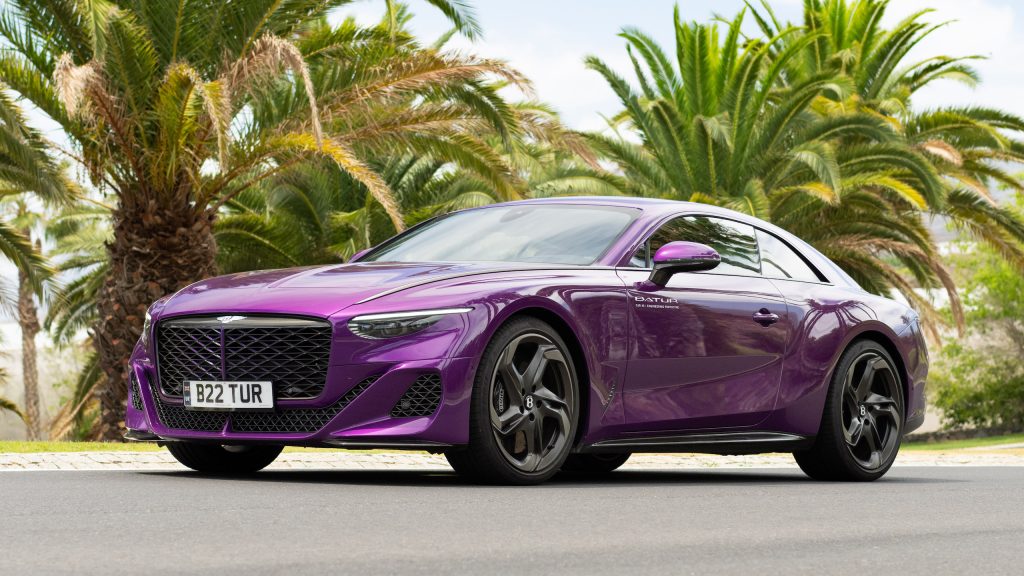
In a world where luxury is increasingly conflated with guilt, the Batur flaunts its contradictions. Each of the 18 planned examples costs £1.65 million, a sum that could fund solar farms or carbon offsets. Yet Bentley positions the Batur as a catalyst for change, its profits funneled into the brand’s Beyond100 electrification strategy.
Critics argue it’s greenwashing; Bentley insists it’s symbiosis. The car’s interior, swathed in sustainably sourced leather dyed with olive oil extracts, is lined with recycled fishing nets and 3D-printed gold accents—materials that straddle decadence and responsibility. It’s a high-wire act: a car that acknowledges its own extravagance while pleading, “This is how we fund tomorrow.”
The Hidden Lexicon of Bespoke Secrets
To own a Batur is to inherit a trove of secrets, each detail a handshake between artisan and owner. The dashboard’s “Infinite Torque” gauge, which visualizes the W12’s power reserves, is machined from a single block of titanium, its surface etched with a Fibonacci spiral visible only under UV light—a metaphor for Bentley’s infinite pursuit of perfection.
The infotainment screen retracts at the touch of a mahogany button (carved from a tree felled in Bentley’s own sustainable forest), revealing a analog clock whose hands are forged from melted-down vintage Bentley badges.
Then there’s the “Mulliner Whisper” function: a hidden compartment behind the driver’s seat, accessible via a fingerprint scanner, designed to hold the owner’s most personal item—a watch, a flask, a love letter. The compartment’s lining is woven from silk infused with platinum thread, a material that neutralizes odors, ensuring whatever is stored emerges as pristine as it entered.
Even the key is a relic of obsession—a solid bronze fob shaped like the Batur’s grille, its weight calibrated to mimic the feel of a 1920s Bentley ignition key.
But the quirks deepen. The Batur’s “Eternal Air” system uses a NASA-derived carbon scrubber to purify cabin air, but with a twist: owners can infuse the system with a custom scent crafted during a private session with a Grasse perfumer.
Want your car to smell like a storm over the Scottish Highlands? It’s possible. The headrests are embroidered with a thread made from crushed diamonds, a feature invisible to the eye but tactile under fingertips—a subliminal reminder of value.
The Dance of Light and Shadow
What truly separates the Batur from its peers is its relationship with light. The exterior paint, dubbed “Black Solar,” absorbs 99% of visible light, rendering the car a silhouette by day. But at night, embedded micro-LEDs in the bodywork ignite in patterns unique to each owner, pulsing in rhythm with the engine’s heartbeat. The effect is haunting—a car that disappears by day and becomes a constellation by night.
The Unspoken Compact Between Driver and Machine
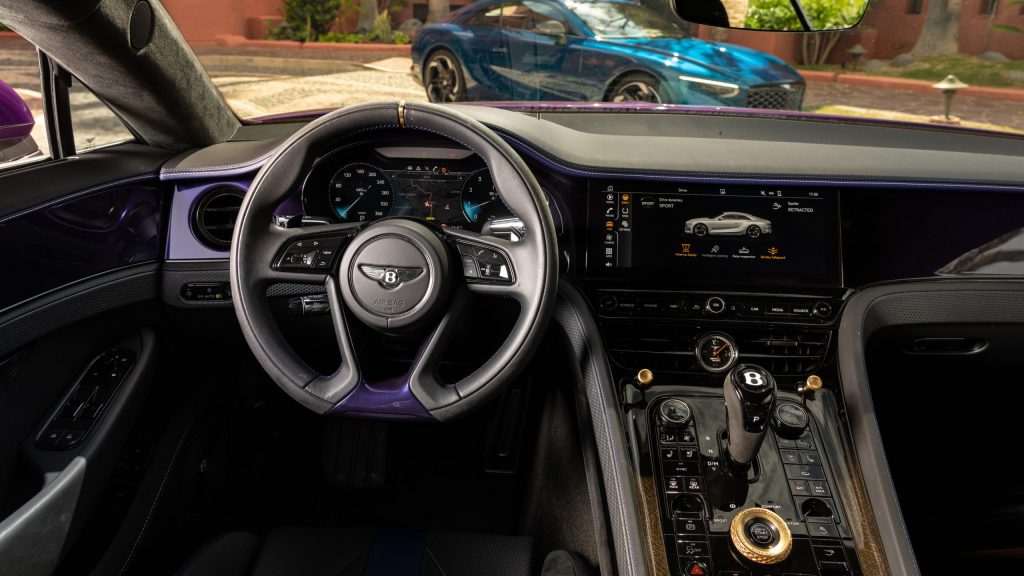
Behind the wheel, the Batur cultivates intimacy. The steering wheel, wrapped in leather tanned with oak bark from Bentley’s 183-acre woodland, thickens imperceptibly during spirited driving, its haptic sensors detecting grip fatigue.
The seats, while bolstered for cornering, contain pockets of memory foam that soften over time, molding to the driver’s body like a second skin. Even the gearshift—a crystal orb that glows like an ember—is designed to rest perfectly in the palm, its temperature regulated to match the cabin’s climate.
Conclusion: The Batur’s Quiet Defiance
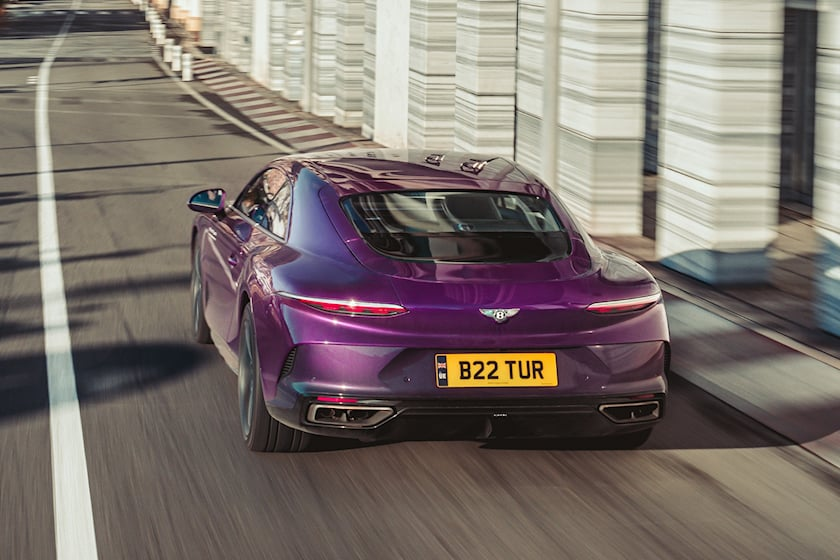
The Bentley Batur is a farewell and a prelude, a machine that luxuriates in its own mortality. It is unapologetically excessive yet unflinchingly forward-looking, a testament to the idea that progress need not erase the past. For those who can afford its whispers, it offers a final communion with combustion’s soul—a fleeting moment of beauty before the electric dawn.
Practical Takeaways for the Discerning Collector
- Invest in the Invisible: The Batur’s hidden features (UV etchings, scent systems) remind us that true luxury lives in details unseen.
- Sustainability as Storytelling: Even controversial eco-efforts (recycled nets, olive dyes) can enhance a brand’s legacy if framed as chapters in a larger narrative.
- Embrace Obsolescence: The Batur’s W12 swan song teaches that scarcity—even forced—can amplify desirability.
In the end, the Batur is not a car. It is a question: Can beauty justify excess? Its answer lies not in the roar of its engine, but in the silence that follows.







